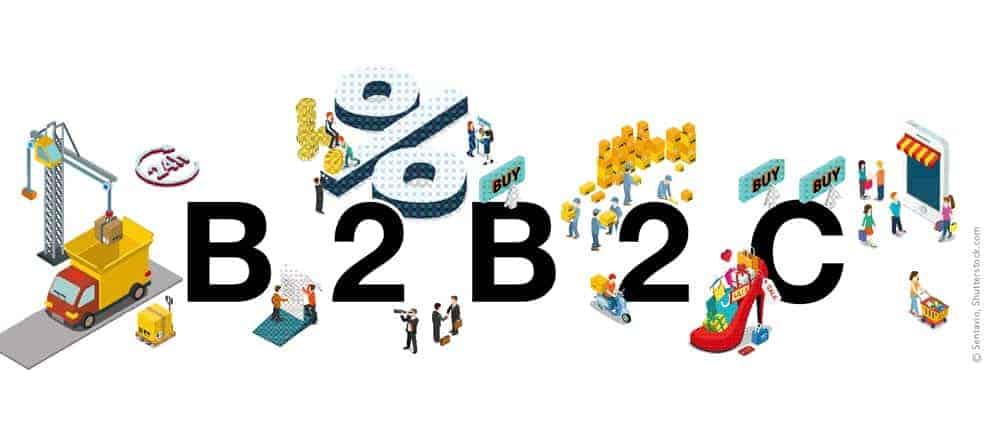The balancing act between S/4 Hana and Ariba


Some processes are not offered in Digital Core from SAP (S/4 Hana) or only to a limited extent. This means that IT managers will have to implement their processes with hybrid approaches (on-premise and cloud) in the future.
Similar to a hybrid automobile, two different technologies interlock here to achieve the best possible result in combination.
In practice, this means for most business cases that sub-processes must be mapped either in S/4 Digital Core, in the Ariba Cloud or in the Ariba Network.
In "Guided Buying", for example, the user starts with "Ariba Buying" and enters the process there via the Ariba catalog. The purchase requisition and the order are placed in S/4.
Ariba then maps the collaboration with the supplier, while goods receipt and invoice receipt take place in S/4. In this way, companies benefit from the strengths of both solutions: S/4 offers immediate insights with real-time and dynamic planning and analysis.
Ariba scores with a comprehensive solution for catalog, quotation, sales and invoice management, including compliance and tender processing, as well as the world's largest B2B marketplace.
The combination creates a hybrid model that maps purchasing processes optimally and with SAP standard functionalities. In this way, this more complex construct remains permanently maintainable and companies benefit from the latest releases at all times.
Other benefits include real-time monitoring as well as exception management for quality deviations, end-to-end traceability, and lower inspection costs, as in sampling.
The two sides of the cloud
Many companies want to use S/4 Hana on-premise. The application is exclusively available to the customer, just as they are used to from R/3. In addition to full transparency over data and processes, on-premise operation offers scope for individual developments.
Ariba, on the other hand, is available exclusively from the public cloud. This promises flexibility and connectivity as well as the security that patches and releases are always applied automatically. This means that no additional effort is required to maintain the infrastructure.
But the cloud, in addition to its advantages, remains a challenge for some IT managers: According to the experts at Crisp Research, they have concerns about data protection and uncertainties about the technological conditions.
They also see major challenges in mapping existing applications in the cloud. In the SAP environment in particular, there are numerous in-house developments that have been implemented precisely to meet customer-specific needs and often with considerable investment.
IT managers are also striving to return to the SAP standard in order to permanently make processes and systems more efficient, conserve resources, and free up resources for innovation projects.
This is accompanied by reduced maintenance costs and the ability to proactively respond to market demands. For this purpose, the Ariba Cloud offers prepared integration scenarios that companies can use quickly and easily.
In addition, the solution has numerous interfaces so that it can also be combined with other systems. As in any transformation process, it is also important to involve users during the change process when converting from SAP SRM to S/4 and Ariba.
One challenge in the hybrid procurement model is that users work on two different interfaces. Which processes should be mapped under S/4 or Ariba in the respective current (and future) business situation is also a question of cost.
This is a complex task for IT departments that many companies can hardly handle on their own. Numerous components have to be taken into account.
To successfully navigate the path to the hybrid future, many companies are therefore turning to experienced experts to accompany them on this journey.







